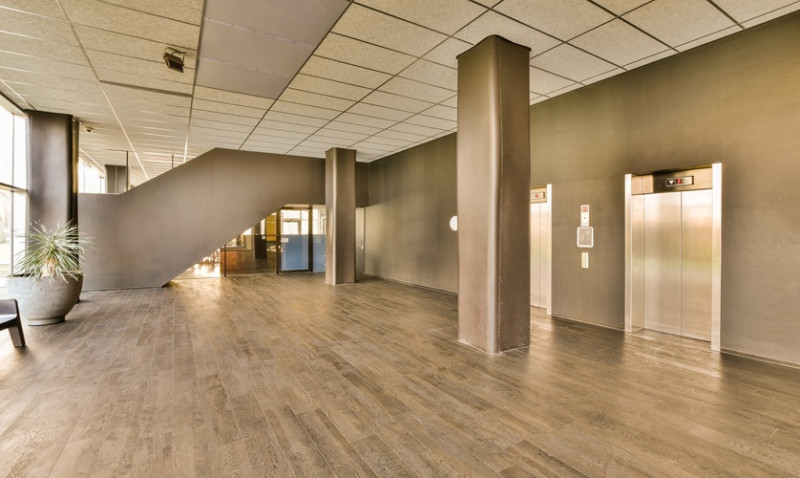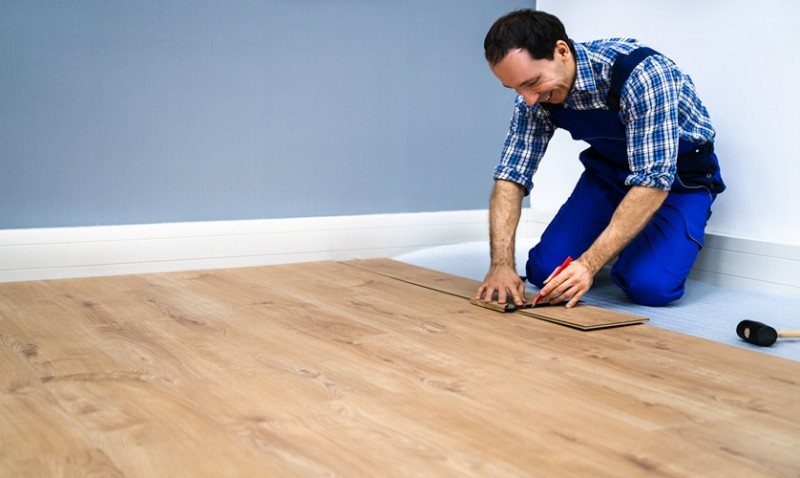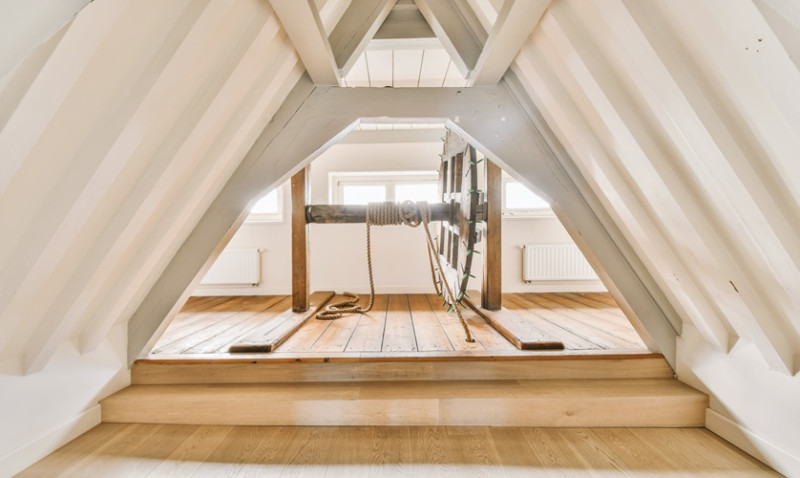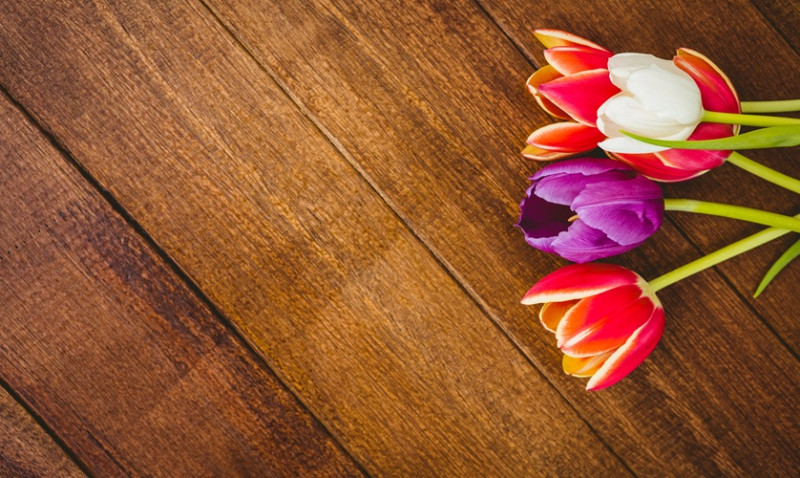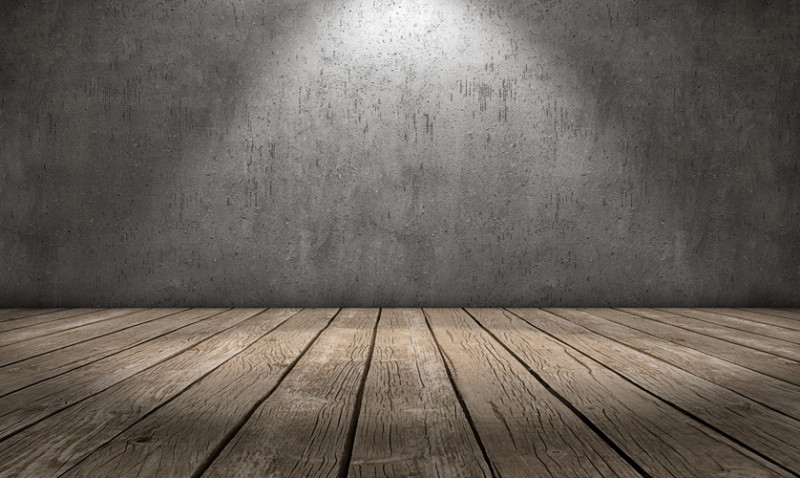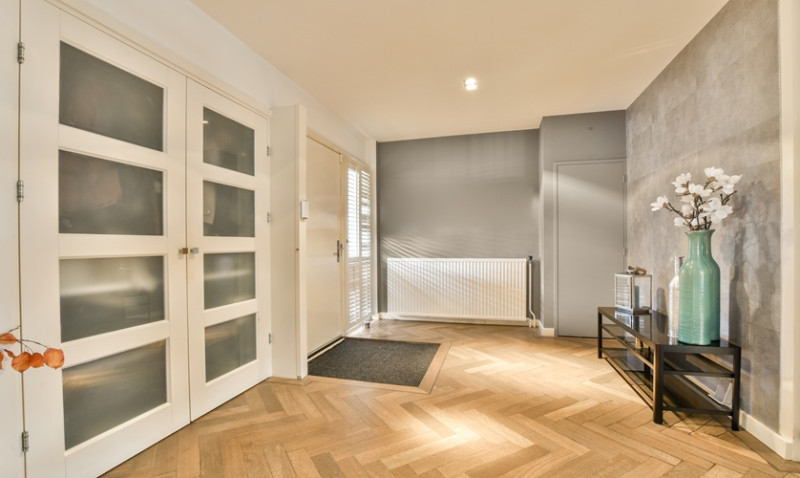
Wood floors are timeless, elegant, and add a sense of warmth to any space. But over time, even the most durable hardwood can look tired, scratched, dull, or stained. Whether you're a homeowner taking on a weekend project, an interior designer managing a home refresh, or a builder looking to extend the life of period property floors, restoring wood floors can completely transform a room. The good news? You don’t need to be a professional floor sander to achieve results that look polished and professional.
In this easy-to-follow guide, we’ll walk you step-by-step through the key stages of restoring wood floors. From preparation and minor repairs, to sanding and finishing – we’ll cover it all with practical advice tailored for the UK household. Whether you’re working with oak parquet in a Victorian terrace or pine boards in a 1930s semi, these simple methods will give your timber floors a new lease of life.
Step 1: Prepare Your Space
Restoring flooring is dusty business, so start by clearing the room completely. Remove all furniture, rugs, curtains, and anything else that might get in the way or get damaged. Lift skirting boards if you plan to sand right up to the edges. If not, apply painter’s tape to protect them from scuffs and dust.
Next, thoroughly clean the floor using a broom and then a vacuum cleaner with a brush attachment. Any dirt or grit left behind can damage your floor during sanding. Mop the floor using a damp (not wet) cloth and a wood-safe cleaner to remove remaining residues. Let the boards dry completely.
Now’s also the time to check for protruding nails or screws in the floorboards. These should be hammered down just below the surface to avoid damaging your sanding equipment.
Finally, inspect the boards for any signs of damage, rot, or movement. Loose boards can be screwed or glued down. Spaces between boards can generally be filled later, but any significant warping or crumbling may require replacing a section of the floor before proceeding.
Step 2: Sanding — The Foundation of Restoration
Sanding removes the top layer of wood, erasing years of scuffs, scratches, and old finishes. If done correctly, this process will reveal a beautiful, fresh wood surface beneath. For most floors, hiring a drum floor sander (available at tool hire shops across the UK) is the best approach. Edge sanders can help you reach into corners and along skirting boards.
Begin with a coarse grit sandpaper (such as 36-grit) to remove the old finish and level the boards. Work in the direction of the floorboards, not across them, and overlap strokes slightly to maintain even contact. After the initial pass, repeat the process with medium (60-80 grit) and fine (100-120 grit) papers to ensure a smooth and blemish-free finish.
If you come across old stains or paint spots in certain areas, don’t immediately assume you need to sand deeper. Often, using a detail sander or a bit of elbow grease with sandpaper by hand can remove these blemishes without damaging the wood beneath.
Always vacuum thoroughly between sanding stages to prevent grit and dust from compromising your smoother finish. It might be tempting to rush through this stage, but careful sanding lays the groundwork for an exceptional end result.
Step 3: Fix Imperfections and Gaps
Now that the surface is sanded smooth, it’s time to address any imperfections in the wood. For small nail holes, cracks or splits, use a wood filler that matches the tone of your hardwood. For wider gaps between boards – common in Georgian or Edwardian homes – fill them with a flexible filler mixed with the wood sanding dust for colour consistency. This helps maintain the character of the floor while reducing draughts in a typical UK property.
Apply the filler with a putty knife, press it into the gaps, and allow it to dry fully (check manufacturer instructions for drying times). Once dry, sand the area lightly to level out the surface.
Restoration isn’t just about aesthetic appeal – a properly filled floor is also more energy efficient and resistant to moisture in a typical British climate.
Step 4: Clean Up Thoroughly
Once the filling and final sanding are complete, it’s time to clean the floor thoroughly before applying any finish. Use a vacuum cleaner to remove all dust and debris, paying extra attention to corners and edges. Then go over the entire floor with a tack cloth or microfibre mop to pick up fine particles that the vacuum may have missed.
Dust is the enemy of a clean finish. Any small particles left behind can become trapped in varnish or oil and ruin the smoothness of your final result. If necessary, repeat the cleaning process twice to ensure a spotless surface.
Step 5: Choose and Apply Your Finish
This is where your floor truly comes to life. Choosing a finish will depend on the look you want and the level of durability required. The most popular options in the UK include:
| Finish Type | Appearance | Durability | Maintenance | Ideal For |
|---|---|---|---|---|
| Hard Wax Oil | Natural, low-sheen | High | Easy to repair | Living rooms, bedrooms |
| Polyurethane Varnish | Glossy or satin | Very High | Harder to repair | Hallways, kitchens |
| Stain + Oil/Varnish | Custom colour + finish | Medium to High | Depends on finish | Period properties, design-led spaces |
Apply your chosen product using a brush, roller or lint-free cloth, following the manufacturer’s guidance carefully. Always work in small, manageable sections with the grain of the wood. Most modern finishes are quick drying, but allow ample time for it to cure properly before replacing furniture or walking heavily on it.
You may need to apply multiple coats for depth and durability. Sanding lightly with a very fine grit between coats can help achieve a glass-like end result.
Step 6: Protect and Maintain
After your wooden floors are fully restored and finished, you’ll want to keep them looking their best for as long as possible. Use felt pads under furniture legs, avoid dragging heavy items, and place mats or rugs in high traffic areas.
In homes across the UK, moisture and mud tracked in from outside can be a problem – especially in the rainy season. Installing a door mat and removing shoes at the door can go a long way toward preserving your newly finished floor.
Clean your floor regularly with a microfibre mop and a finish-compatible cleaner. Avoid soaking the boards with water. For oiled floors, consider applying a maintenance oil every 12-18 months to keep the surface nourished and protected.
Conclusion: A Worthwhile DIY Investment
Restoring wood floors is a rewarding project that instantly elevates the value and beauty of any UK home. Whether you’re refinishing a bedroom in a new build flat, or bringing back character to period oak boards in a countryside cottage, a properly restored floor enhances both the style and functionality of your space.
With a bit of planning, patience, and the right tools, even first-time DIYers can achieve fantastic results. If you’ve been thinking about reviving your wooden floors, there’s no better time to get started than now. You’ll be amazed by the transformation – and so will your guests.
Thinking of going pro? For large-scale jobs or heritage properties, consider consulting a wood floor restoration expert to ensure the best results with specialist finishes and long-term protection.
Looking for supplies? Explore our range of floor sanding equipment, hard wax oils, fillers, and professional-grade wood care products – all delivered throughout the UK.
